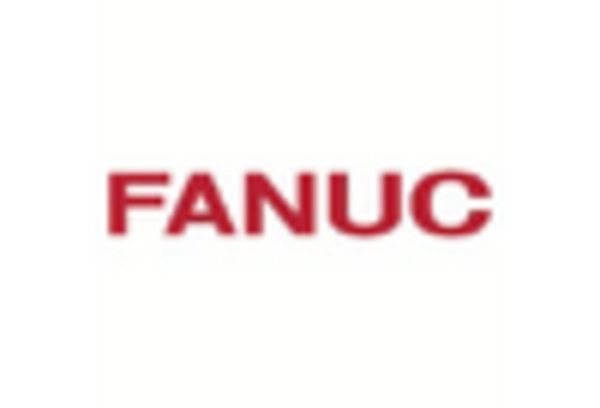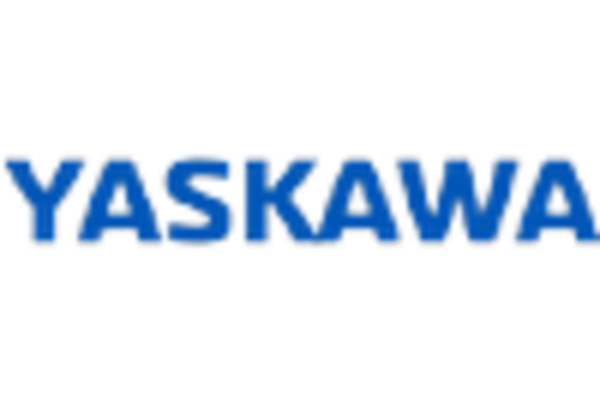Government Initiatives and Funding
Government initiatives aimed at promoting robotics and automation play a crucial role in shaping the robot operating-system market in Germany. In recent years, the German government has allocated substantial funding to support research and development in robotics, with an emphasis on enhancing competitiveness in the global market. For instance, initiatives such as the 'Industrie 4.0' strategy aim to foster innovation and collaboration between industry and academia. This support is likely to stimulate advancements in robot operating systems, making them more efficient and versatile. As a result, the market is expected to benefit from increased investment and collaboration, driving growth and innovation in the sector.
Advancements in AI and Machine Learning
The integration of artificial intelligence (AI) and machine learning technologies into robotic systems is transforming the robot operating-system market in Germany. These advancements enable robots to perform complex tasks with greater autonomy and adaptability. In 2025, it is estimated that AI-driven robotics will account for over 30% of the market share, reflecting a growing reliance on intelligent systems. The ability of robots to learn from their environment and improve their performance over time enhances their utility across various applications, from manufacturing to logistics. As companies increasingly recognize the potential of AI in optimizing operations, the demand for sophisticated robot operating systems that support these technologies is expected to rise, further propelling market growth.
Rising Demand for Industrial Automation
The robot operating-system market in Germany experiences a notable surge in demand driven by the increasing need for industrial automation. As manufacturers seek to enhance productivity and efficiency, the integration of robotic systems becomes essential. In 2025, the automation sector in Germany is projected to grow by approximately 15%, indicating a robust shift towards automated solutions. This trend is particularly evident in sectors such as automotive and electronics, where precision and speed are paramount. The adoption of advanced robotic operating systems facilitates seamless communication and coordination among machines, thereby optimizing production processes. Consequently, the robot operating-system market is likely to expand significantly as companies invest in automation technologies to remain competitive in a rapidly evolving landscape.
Increased Focus on Safety and Compliance
Safety and compliance regulations are becoming increasingly stringent in various industries, influencing the robot operating-system market in Germany. Companies are compelled to adopt robotic solutions that not only enhance productivity but also adhere to safety standards. In 2025, it is anticipated that the market for safety-compliant robotic systems will expand by approximately 20%, driven by the need for reliable and secure operations. The development of robot operating systems that prioritize safety features, such as collision detection and emergency stop mechanisms, is essential for gaining regulatory approval. As organizations strive to meet compliance requirements, the demand for advanced operating systems that ensure safe robot operation is expected to rise, thereby shaping the market landscape.
Growing Adoption in Logistics and Supply Chain
The logistics and supply chain sectors in Germany are increasingly adopting robotic solutions, significantly impacting the robot operating-system market. With the rise of e-commerce and the need for efficient inventory management, companies are turning to automation to streamline operations. In 2025, it is projected that the logistics sector will invest over €1 billion in robotic technologies, highlighting the urgency for advanced operating systems that can manage complex tasks. The integration of robots in warehousing and distribution centers enhances speed and accuracy, reducing operational costs. Consequently, the demand for specialized robot operating systems tailored to logistics applications is likely to grow, reflecting the sector's commitment to innovation and efficiency.

















Leave a Comment